There are a range of tracheal tubes available with different features and some specific uses:
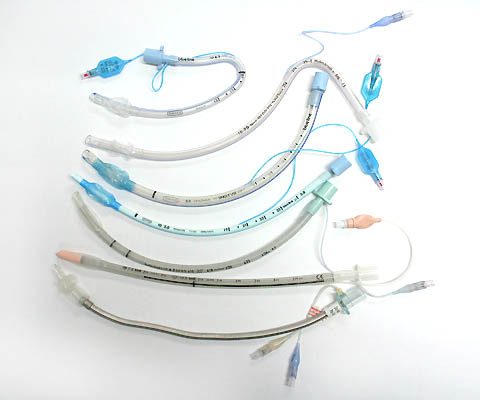
Reinforced TT
Reinforced TTs contain a spiral of metal or nylon in the tube wall, providing flexibility while resisting kinking. Popular for head and neck, thyroid and prone surgery, though of unproven necessity.
Preformed (shaped) tubes
Preformed (shaped) tubes are pre-moulded TTs that allow the proximal tube to be placed away from the surgical site. They include RAE (Ring-Adair-Elwyn) 'north-facing' and 'south-facing' tubes (Fig 1).
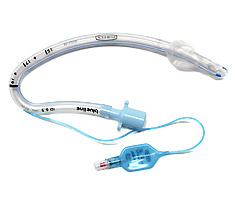
Fig 1 RAE tube
Microlaryngeal tubes (MLT)
MLTs are TTs with small a internal diameter (4-5.5 mm ID), but of adult length, and with a large volume cuff. They are useful during laryngeal surgery, allowing surgical access to much of the laryngeal inlet.
They are also appropriate for use if needing to intubate through an LMA. More information can be found in the Difficult Airway Society guidelines.
Laser tubes
Laser tubes are flexometallic or metal-coated tubes (Fig 2). Unlike plastic and rubber tubes, they are laser-resistant and non-reflective.
Flexometallic tubes have a relatively large external diameter for a given ID.
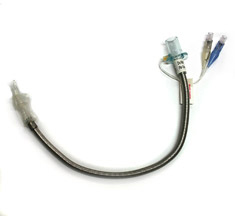
Fig 2 Laser tube
Double lumen tubes (DLT)
DLTs are large TTs (38-43 FG) with dual lumens, for use during thoracic surgery and one lung ventilation (Fig 3).
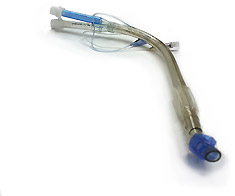
Fig 3 Double lumen tube.
Intubating LMA TT (ILMA TT)
These silicone TTs have a bullet-shaped tip, and are designed for use with the ILMA (Fig 4). Their insertion characteristics (lack of 'hold-up' during blind insertion) make them beneficial for fibreoptic intubation.
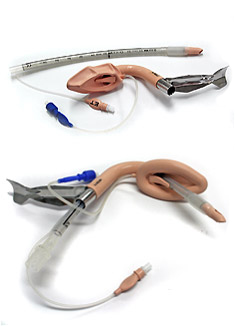
Fig 4 Intubating LMA TT